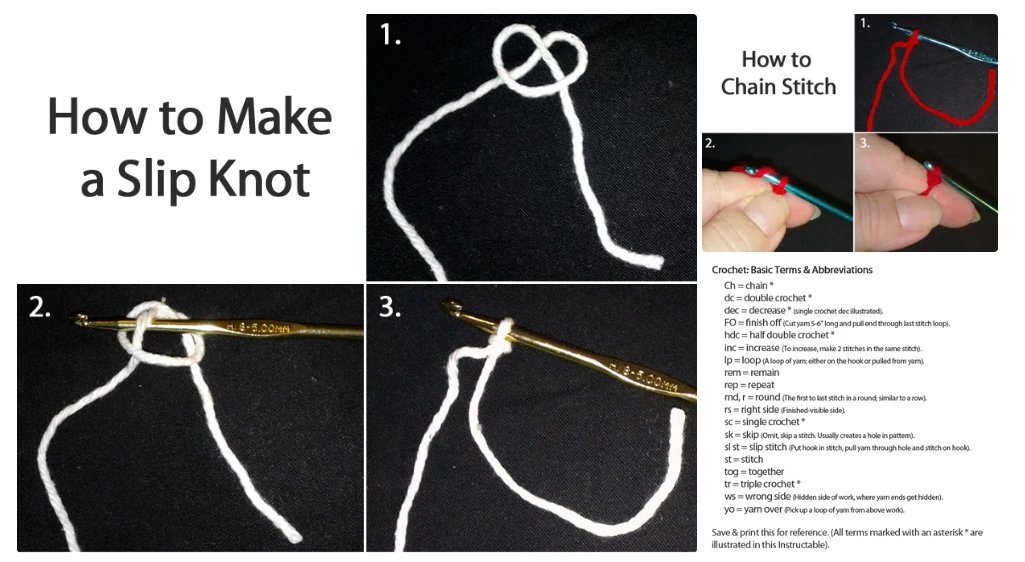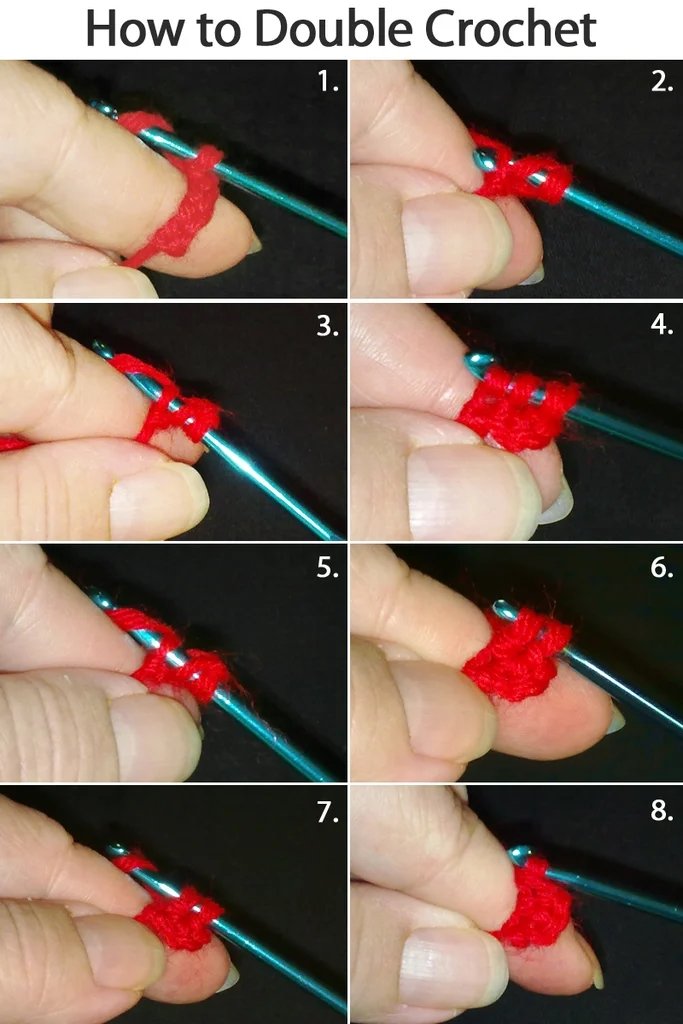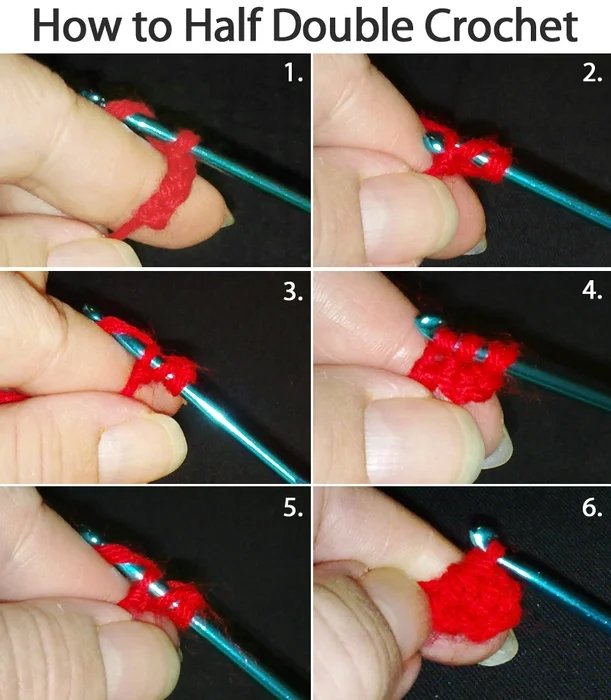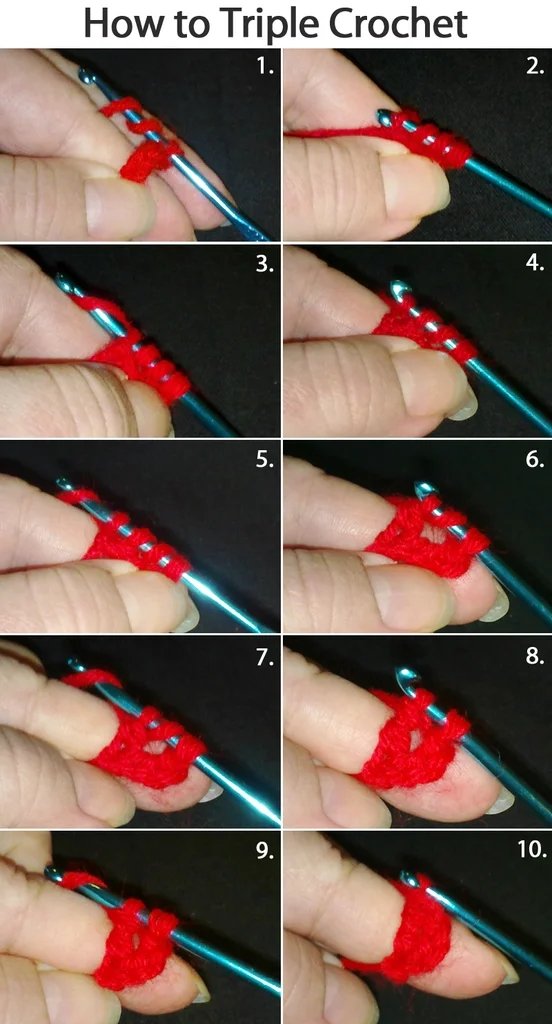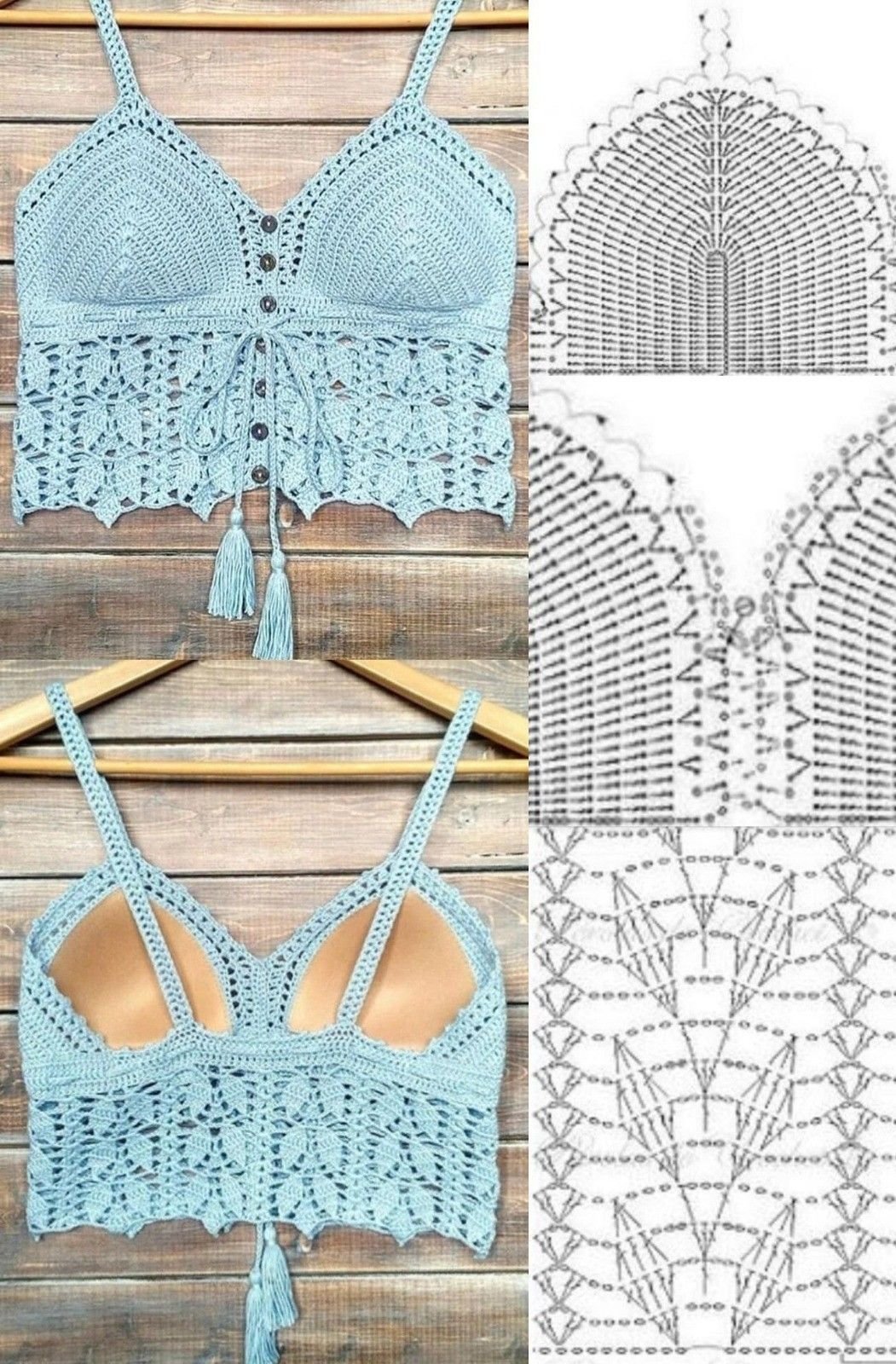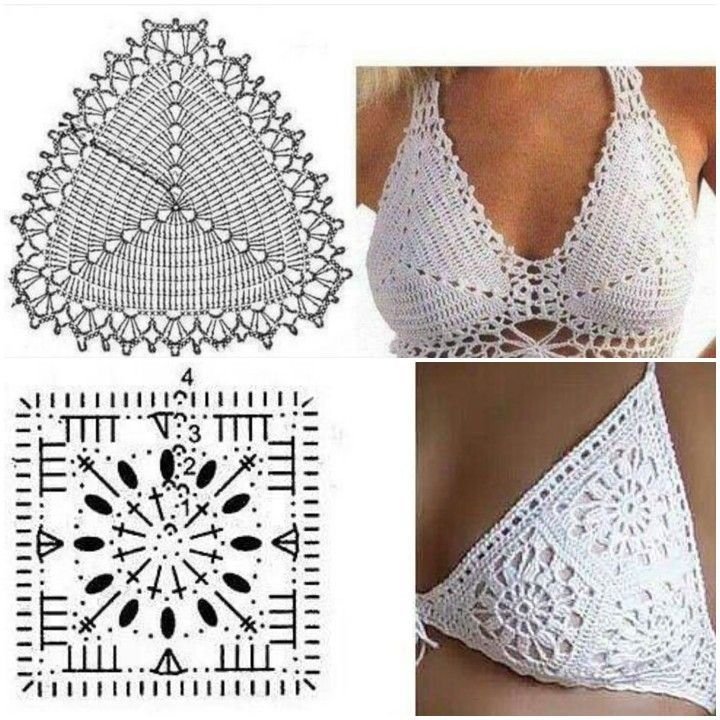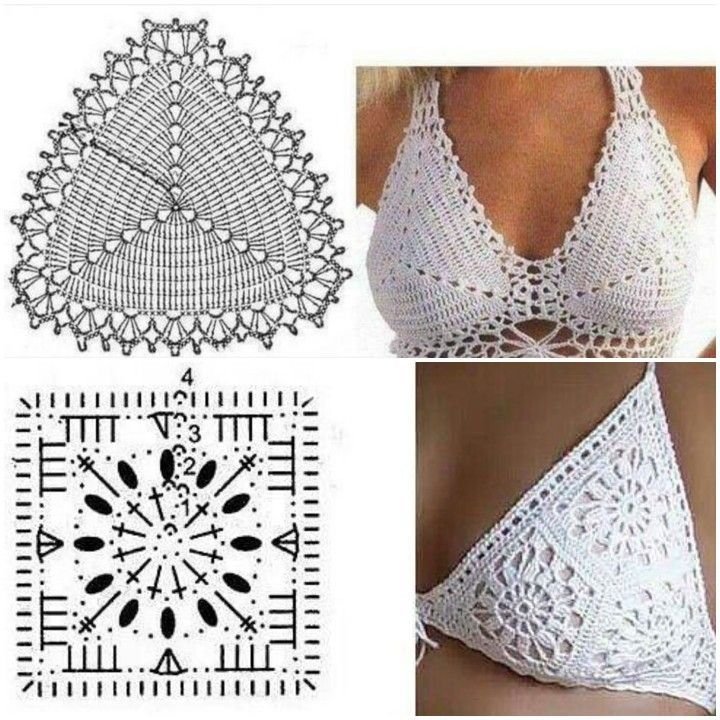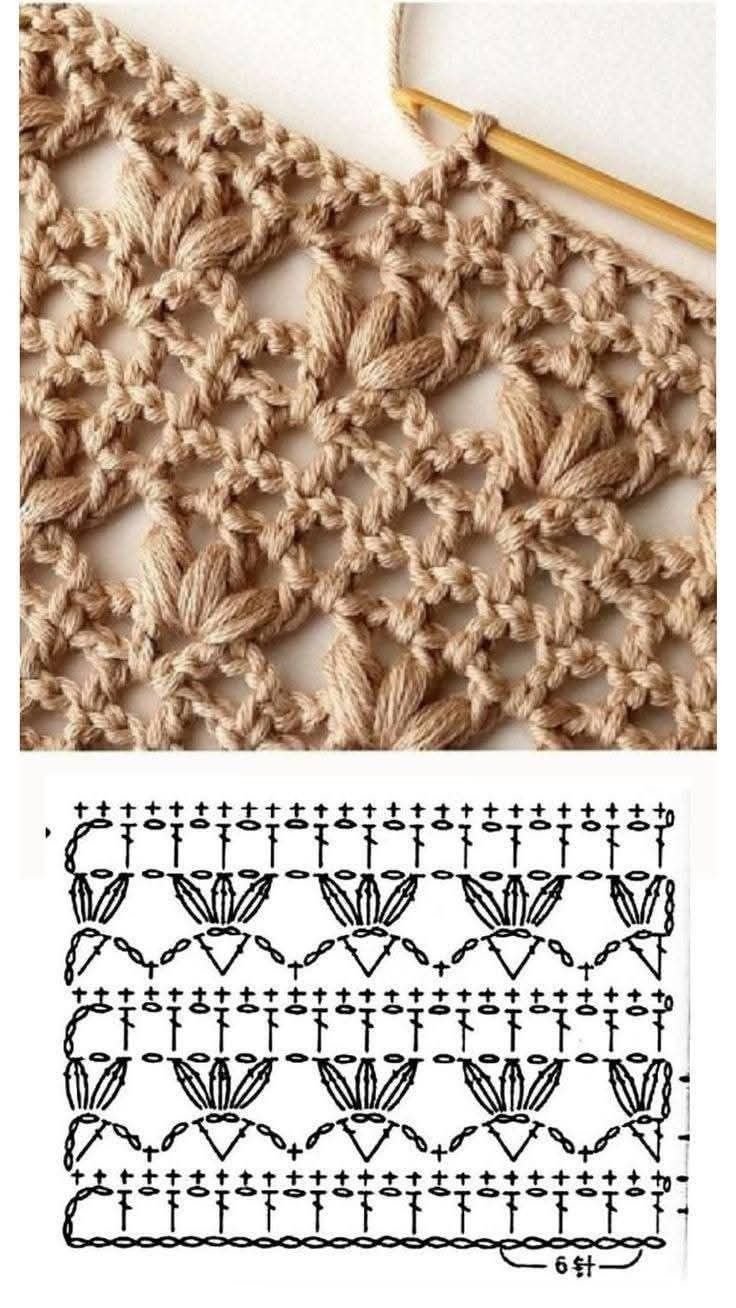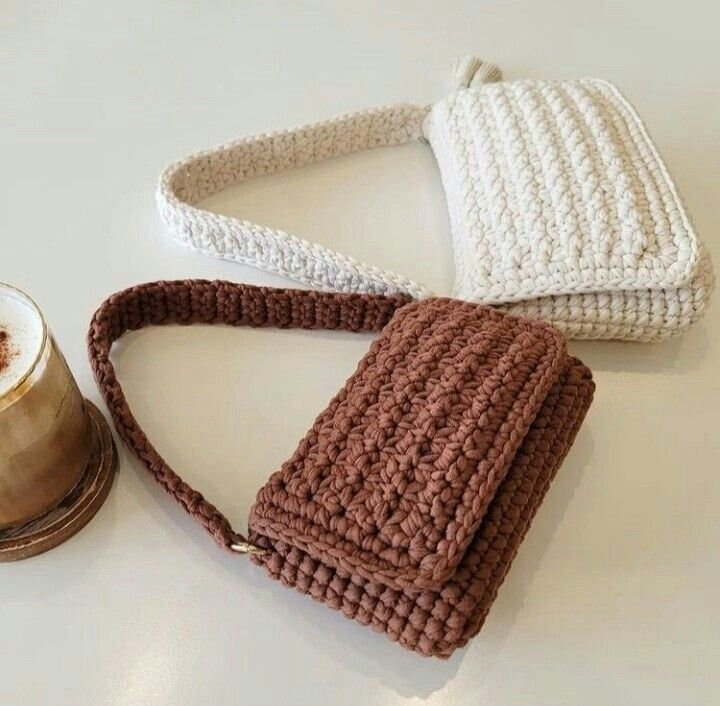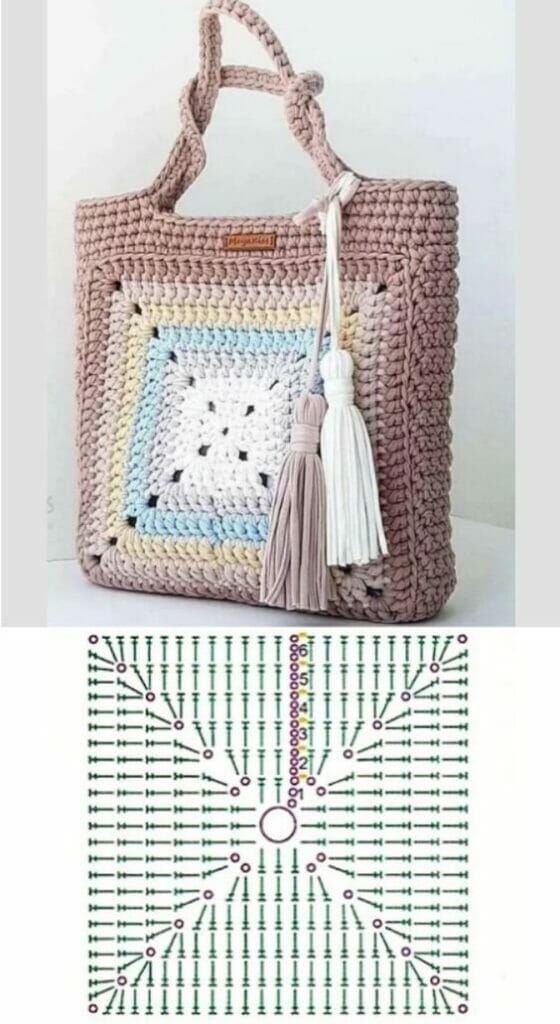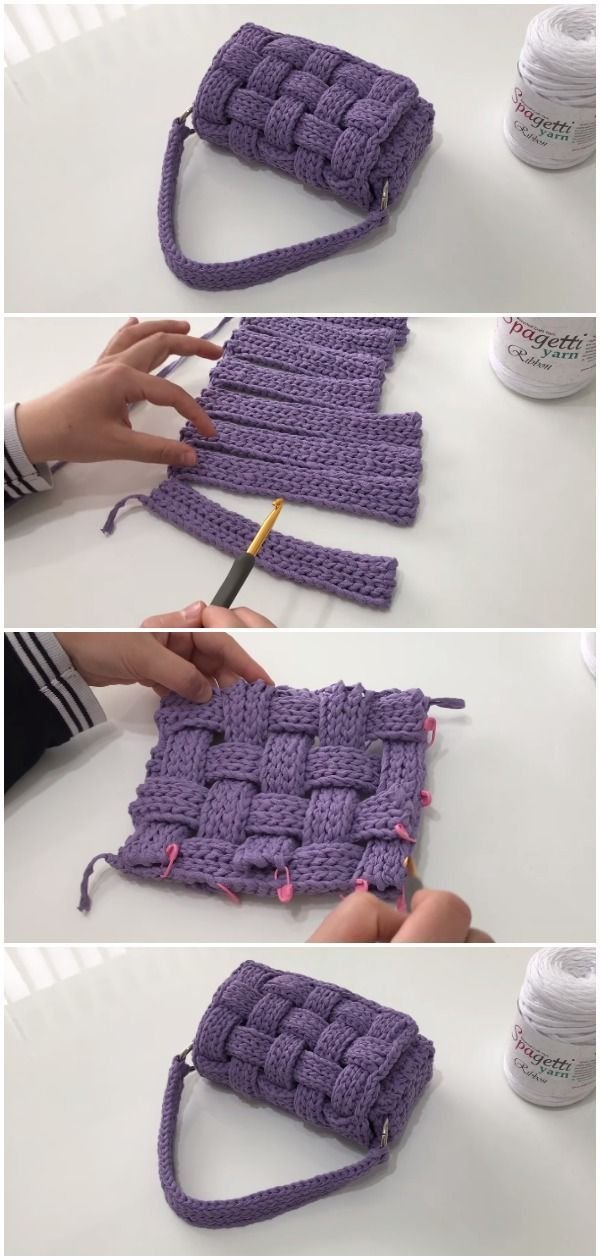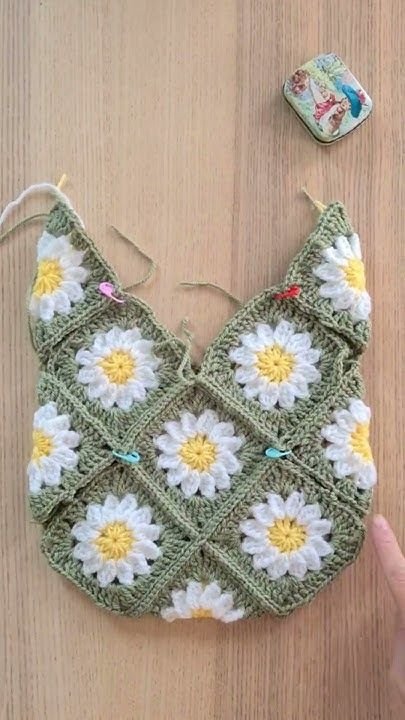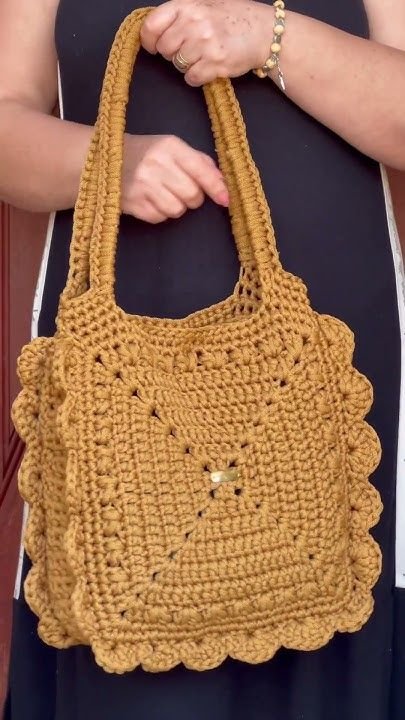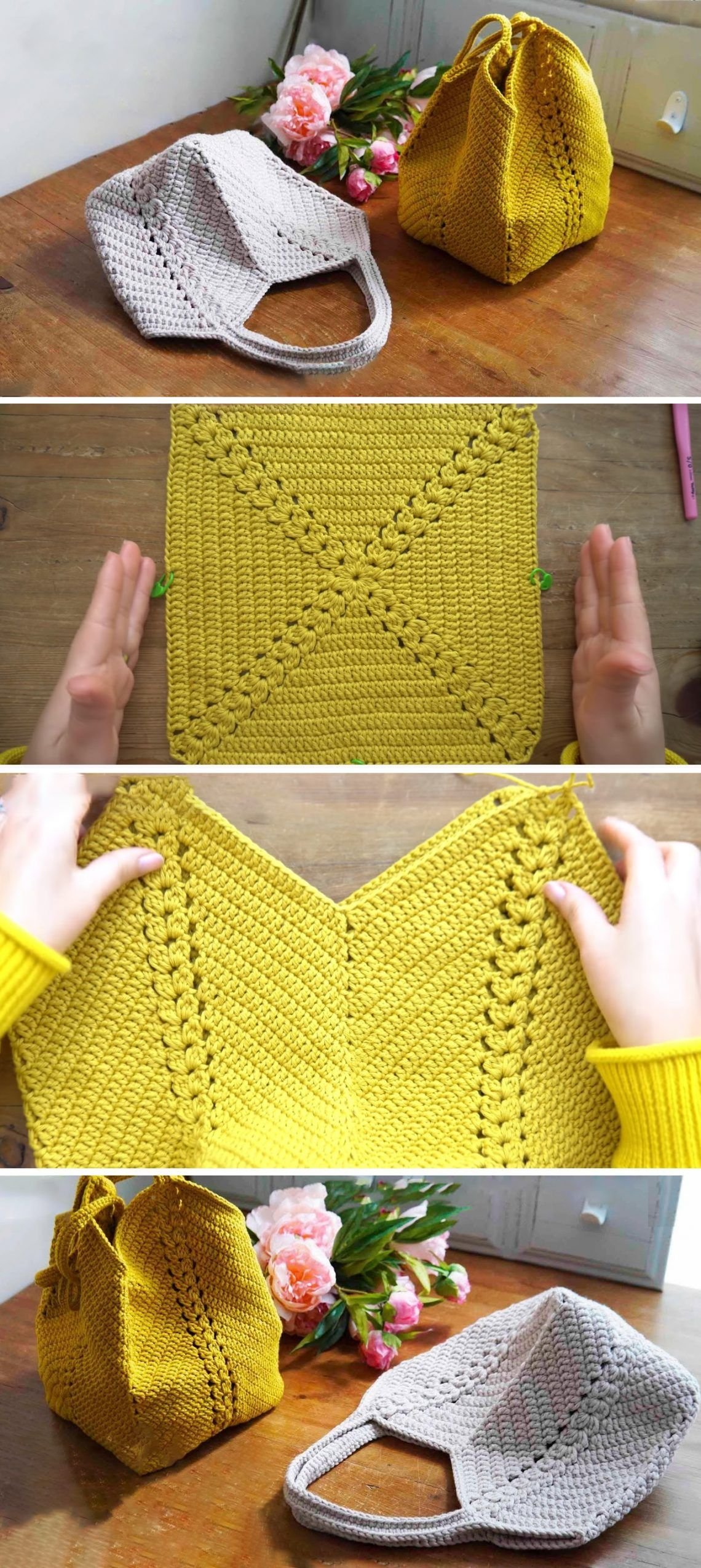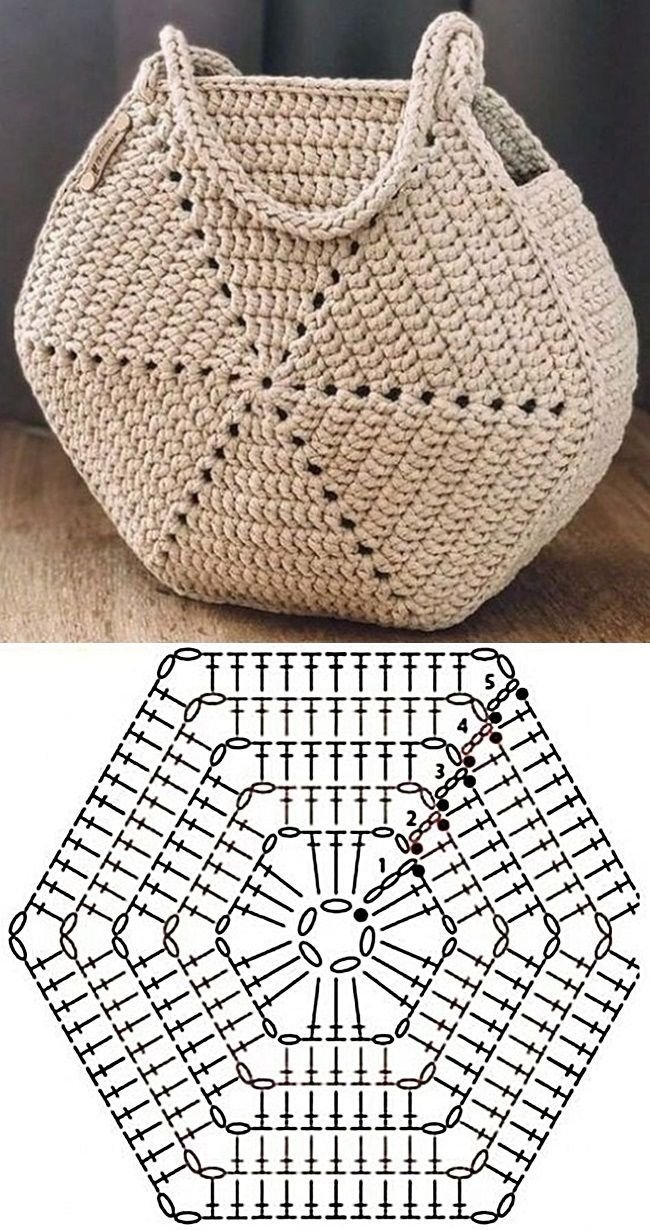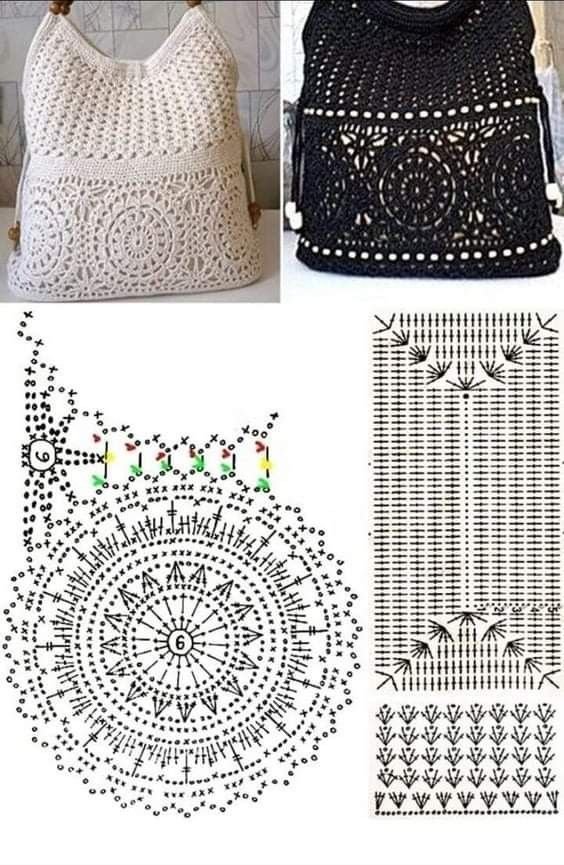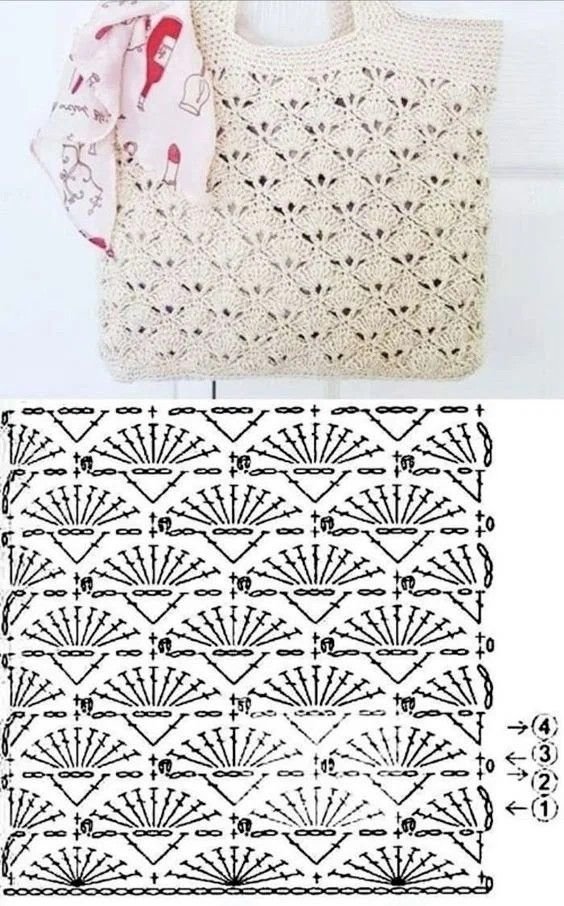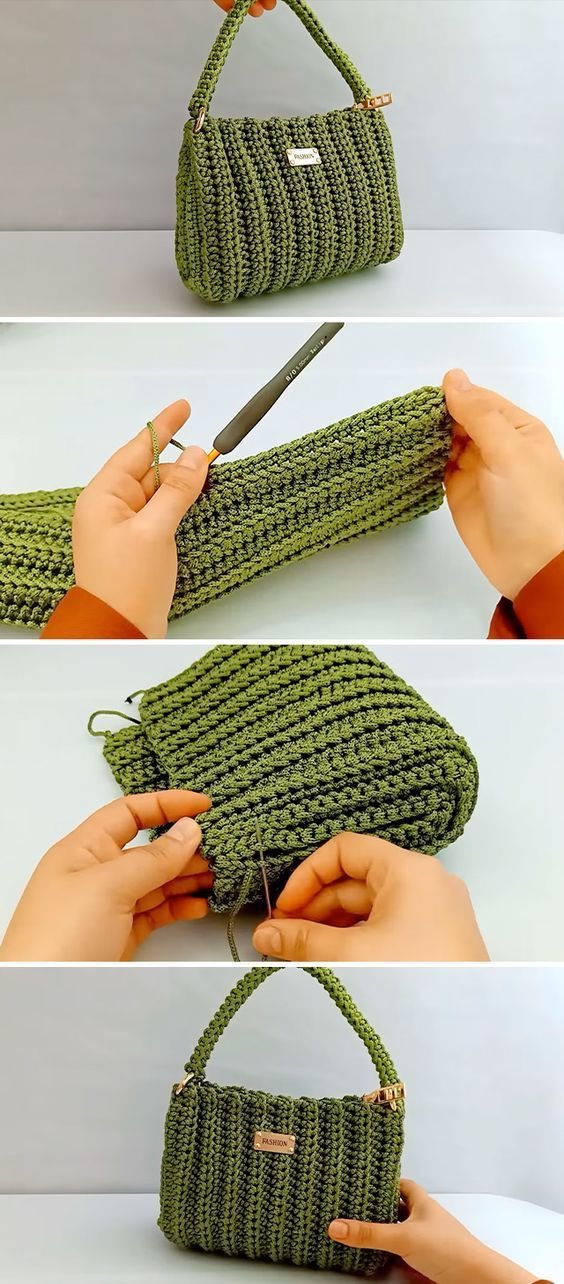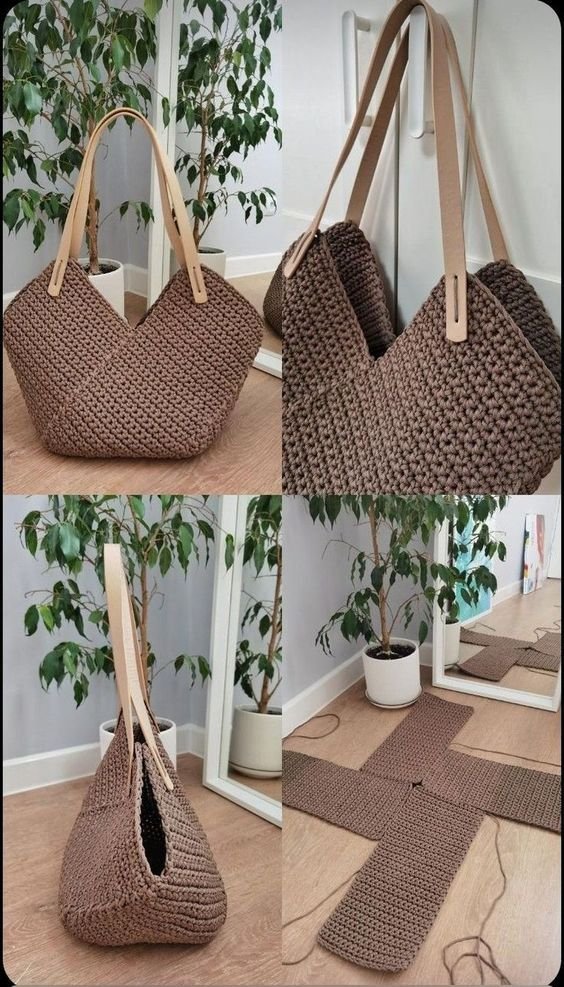Las alternativas de tratamientos para eliminar verrugas en la actualidad son muy amplias. No obstante, depende del tamaño, la forma y la naturaleza de la verruga escoger el adecuado. Los remedios caseros para eliminar verrugas de la piel pueden ser beneficiosos en algunos casos.
Ciertamente, los tratamientos naturales que presentamos en breve son útiles para atenuar el crecimiento y el tono de color de las verrugas. Esto ayuda a minimizarlas, y en compañía de algunas de otras terapias mejoran la apariencia de la piel. Veamos entonces, 7 remedios naturales para eliminar las verrugas del cuerpo.
1. Limón:
El jugo de limón tiene propiedades antisépticas y antivirales que ayudan a tratar las verrugas. Además, su acidez quema la verruga y ataca el virus que la causa.
Para tratar las verrugas con este remedio casero, utiliza 2 partes de jugo de limón diluido en una parte de agua. Con ayuda de una mota de algodón aplícalo sobre la verruga por las noches. Para mejores resultados, sujeta el algodón impregnado y déjalo actuar hasta la mañana siguiente. Lava con abundante agua para retirar el resto del producto.
Repite este procedimiento todos los días hasta que la verruga se elimine por completo. Ten presente que el limón puede ser irritante, incluso manchar la piel. Por ello es necesario evitar que caiga sobre la piel que circunda a la verruga. En caso de irritación, suspende el uso e intenta con otro remedio casero.
2. Aspirina:
Uno de los remedios naturales más utilizados para eliminar las verrugas de manera eficaz es la aspirina o ácido acetilsalicílico. Un trabajo publicado en The Clinical Academia encontró que este compuesto puede ayudar en esta tarea, pues su efectividad para eliminarlas es igual a la de otros tratamientos convencionales.
Para aprovecharla, tritura una aspirina y mézclala con unas gotas de agua hasta crear una pasta homogénea. Aplica esta mezcla sobre la verruga a tratar antes de dormir y cúbrela con una gasa o venda. Retira este medicamento por la mañana con agua y jabón. Haz esto diariamente hasta que la verruga se caiga.
3. Bicarbonato de sodio:
Otra opción para deshacerte de las verrugas es usar bicarbonato de sodio. Este ingrediente provoca que esta formación cutánea se descame, se seque y se separe de la piel. Es conveniente usarlo combinado con vinagre de manzana o vinagre blanco para potenciar su efecto.
En este caso, une una cucharada de bicarbonato con dos de vinagre blanco y forma una pasta. Como en los remedios anteriores, aplica durante la noche sobre la verruga, cubre la zona con gasa y retíralo por la mañana. Aplica este remedio 3 veces por semana, hasta eliminar esta molesta protuberancia.
4. Ajo:
El ajo es uno de los remedios naturales para eliminar las verrugas más utilizados. Es un potente antioxidante, antiinflamatorio, antibacteriano, antifúngico, antiviral y antiséptico. De allí su capacidad de eliminar estas molestas protuberancias en la piel.
Para aplicar este remedio, debes triturar el ajo y colocar esta pasta sobre la verruga, teniendo la precaución de que no esté en contacto con la piel que rodea la lesión, con el fin de prevenir quemaduras. Cubre con gasa y adhesivo déjala de un día para otro. Retira por las mañanas con agua y jabón para evitar irritaciones.
En personas con piel sensible el tratamiento con ajo puede provocar quemaduras. Ante todo, se debe tener el cuidado necesario al momento de aplicarlo. En caso de irritaciones o lesiones, suspende el uso.
5. Aloe vera:
El aloe vera se ha destacado desde hace siglos por sus propiedades para regenerar tejidos y para aliviar diferentes trastornos relacionados con la piel. En cuanto a las verrugas, este remedio natural puede ser un gran aliado. Los resultados son visibles en algunas semanas, ya que elimina las células muertas y regenera la piel de forma rápida.
Solo se debe extraer la pulpa o gel de aloe vera y frotarla sobre la verruga. Luego, fija la pulpa sobre la verruga y sujeta con ayuda de una gasa y esparadrapo. Deja actuar durante la noche y retira por las mañanas. Repite este procedimiento todos los días hasta obtener los resultados deseados.
6. Cáscara de banana:
La cáscara de banana es otro tratamiento conocido para hacer desaparecer las verrugas. Ayuda a la proliferación de las células y favorece la rápida cicatrización de la piel.
Para usarla como remedio natural en esta afección, se debe cortar un trozo de cáscara de plátano y luego sumergirlo en una cucharada de vinagre de manzana. Coloca la cáscara impregnada sobre la verruga (con el lado carnoso hacia la piel) y sujétala con una cinta adhesiva. Deja que actúe toda la noche y limpia por las mañanas. Repite el procedimiento todos los días hasta que este molesto bulto desaparezca.
7. Vinagre de manzana:
El vinagre de manzana es otro remedio natural conocido para acelerar la eliminación de las verrugas. Por su composición, este vinagre quema y suaviza la piel afectada, haciendo que la verruga se desprenda.
En esta preparación natural para eliminar verrugas, combina partes iguales de vinagre de manzana con agua, sumerge una bola de algodón en la solución y aplica esta mezcla sobre la verruga. Luego, cúbrela con una cinta adhesiva y déjalo actuar durante la noche. Lava muy bien la zona por las mañanas y repite por 1 o 2 semanas, hasta que la verruga se caiga.
¿Se pueden prevenir las verrugas?
Las verrugas aparecen como consecuencia del VPH. Gran parte de los tipos de este virus se contagian a través del contacto casual o los objetos compartidos. El sistema inmunitario de cada persona responde de forma diferente, por este motivo, no todos los que entran en contacto con el virus desarrollan verrugas.
Aunque en muchos casos desaparecen solas o se eliminan con remedios naturales u otros tratamientos, existen algunas medidas eficaces para prevenir su aparición. Estas son las siguientes:
- Evitar el contacto directo con las verrugas. Asimismo, es imprescindible lavarse bien las manos con agua y un jabón neutro, antes y después de tocarlas.
- No arrancar las verrugas en ningún caso, pues esto solo aumenta la propagación del virus.
- Usar una lima desechable para raspar la piel de las verrugas. Descártala luego de su uso.
No morder las uñas de las manos y mantener la piel bien hidratada. Las verrugas tienen tendencia a aparecer en las zonas con la piel agrietada.
